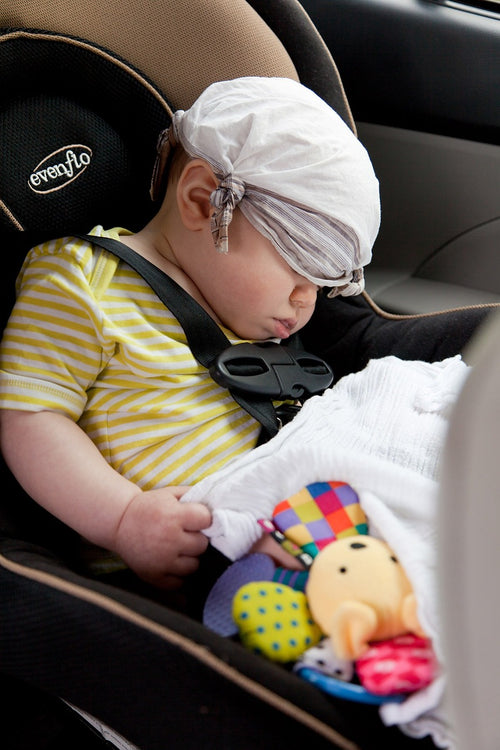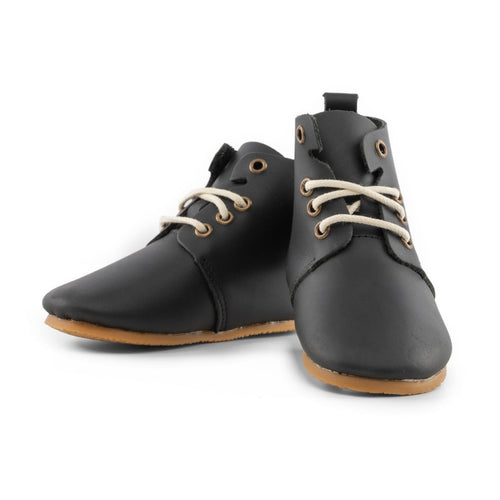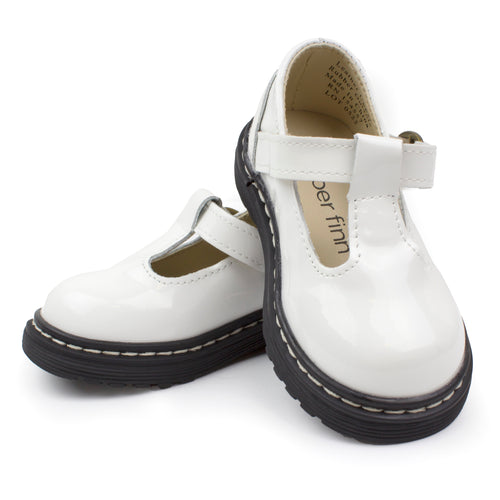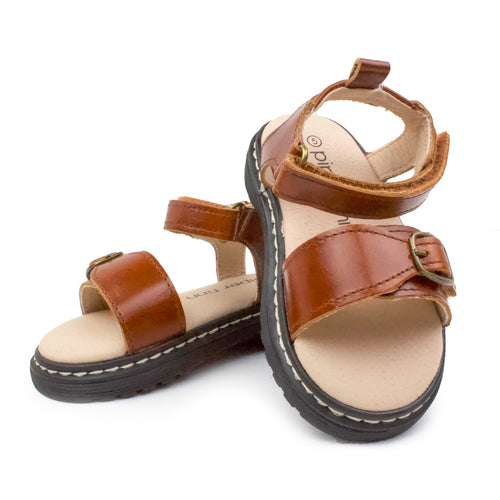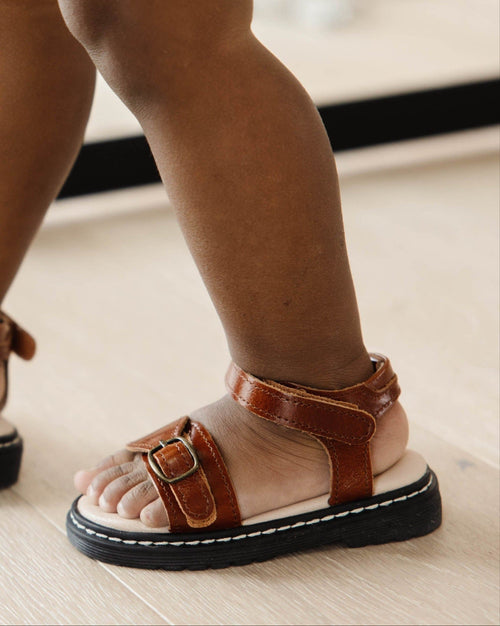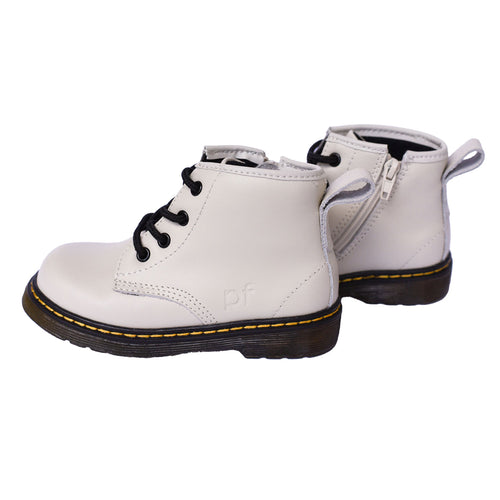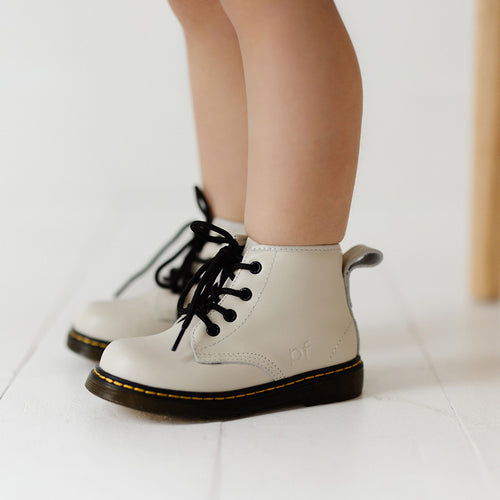As a parent or caregiver, your child's safety is always at the top of your priority list. So you'll likely agree that safety is paramount when traveling with your little one(s) in a car.
Thankfully the use of a properly installed car seat can significantly reduce the risk of serious injury or death in a car accident. In today's Piper Finn blog post, we'll guide you through the different types of car seats for babies, toddlers, and preschoolers and provide a quick snapshot of the US laws that govern the use of car seats for kids.
Car Seats for Kids at a Glance
Infant Car Seats:
As the name suggests, infant car seats are suitable for newborns and infants until they reach the height or weight limit set by the manufacturer. These seats face the rear of the vehicle and offer excellent protection for babies in the event of a crash. It's important to note that infants should remain in rear-facing car seats for as long as possible, preferably until they're two years old.
Convertible Car Seats:
Convertible car seats for kids can be used in both rear-facing and forward-facing positions, making them a versatile choice for parents. Depending on the model, these seats can accommodate children from birth to around 65 pounds. When used in the rear-facing position, convertible car seats provide the safest way to transport infants and toddlers.
Booster Seats:
As your child gets older and outgrows their forward-facing car seat, they'll need a booster seat. These important car accessories for kids elevate your child and help position the seat belt correctly across their chest and hips. The NHTSA (National Highway Traffic Safety Administration) recommends that all children under the age of 12 travel in the back seat and use a booster seat until they're at least 4'9" tall.
US Car Seat Laws
Each state in the US has their own laws regarding car seats for kids and booster seat safety, so it's important to familiarize yourself with the rules that apply to you. However, certain rules are universal across all states. For example, all children under 2 years old should be in a rear-facing car seat unless they've outgrown the height or weight limit.
This doesn’t mean they shouldn’t be in car seat at all, instead they will need to travel in a seat that accommodates their height and weight. Additionally, all children under 8 years of age must use a car seat or booster seat, and all infants and toddlers should ride in the back seat.
Last Thoughts
Finally, it's not just about having a car seat; it's about using it correctly and ensuring it's installed properly. Furthermore regularly checking the equipment and straps and following the manufacturer's instructions will ensure your child's car seat is working as it should every time they travel in it.
As parenting tips go, the best one we have to impart regarding car seats for kids is to invest in quality and use the seat correctly so you can rest easy knowing you're doing your part to keep your child safe when traveling.
mage by PublicDomainPictures from Pixabay

